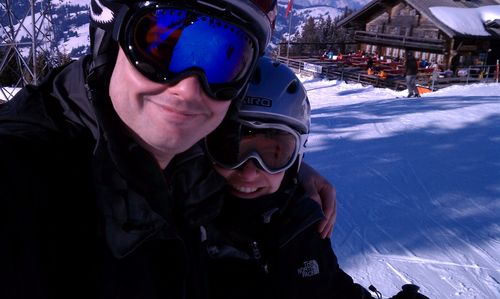THE NEW CRITERION
February 2012
Shorter Notice
by James Panero
A review of Sally Pemberton's Portrait of Murdock Pemberton, The New Yorker's First Art Critic
If the fate of most writers is to be forgotten, save for a suitcase of mementos moldering in the attic, few will be as fortunate as Murdock Pemberton (1888–1982). Three years ago, Sally Pemberton, Murdock’s granddaughter, found her grandfather’s suitcase stuck in a corner of the Long Island house where she grew up. After prying the lock open, “I realized that every last photo, letter, and clipping was a clue left by Murdock,” she writes. With a “journalist’s bent for solving puzzles,” she set about reconstructing her grandfather’s literary life.
What a life it was. In 1919, Pemberton claimed to have originated the Algonquin Round Table literary lunch with a roast of the critic Alexander Woollcott. Six years later, Harold Ross hired him as the first art critic of The New Yorker. It was a post Pemberton held until 1932, and one from which he both witnessed and championed the first generation of American modernists. “Words of gratitude from Stieglitz and the other artists who became Murdock’s friends,” Sally writes, “attest to the fact that he was a key supporter and promoter of art in America.”
With letters, photographs, and other memorabilia mixed with old columns in a beautifully illustrated coffee-table book, Portrait of Murdock Pemberton recreates the feel of popping the lock on that old suitcase, with Sally’s tales of discovery mixed into the story line. Murdock’s own articles from The New Yorker’s fun Ross years, before the magazine became a monastery under William Shawn, are also a delight. Take Pemberton’s breezy account of a stateside visit by the great German art critic Julius Meier-Graefe in 1928. After praising Meier-Graefe’s life of Van Gogh as “one of the best books we have read in ten years,” Pemberton writes:
Artists the world over will be interested to know that the most exciting American manifestation in the field of art that Mr. Meier-Graefe found was the Ford factory in Detroit. After a whole day spent watching the new model come off the endless chain belt, the critic could bring his mind back to art only with great difficulty. We managed an interview with him in a taxi on the way to see the Grecos at the Metropolitan, which pictures he viséed with a monocle many times.
On August 26, 1932, office politics got the better of the critic, and Pemberton received his walking papers from Ross: “What we are going to do about the art column (to put it bluntly and briefly) is let Louis Mumford do occasional depts, on art, along with his architectural pieces. . . . I’m sorry and, as I said, I’m earnestly hopeful that the decision won’t inconvenience you.”
But it did. While Pemberton followed up with a semi-regular string of assignments for The New Yorker in the 1930s and more irregular pieces in the 1950s and 1960s, he knew he had “missed the bus” on posterity. “When the Wart Essholes, the tomato can genius and the 10 x 30 piece of canvas painted with red house paint came along, I took a sabbatical,” he wrote in an autobiographical note from the 1970s, published here for the first time. Fortunately, Pemberton also had the foresight to put his life in a suitcase and toss it in the attic. It was a career strategy that has now paid dividends, one that more of us might consider.

